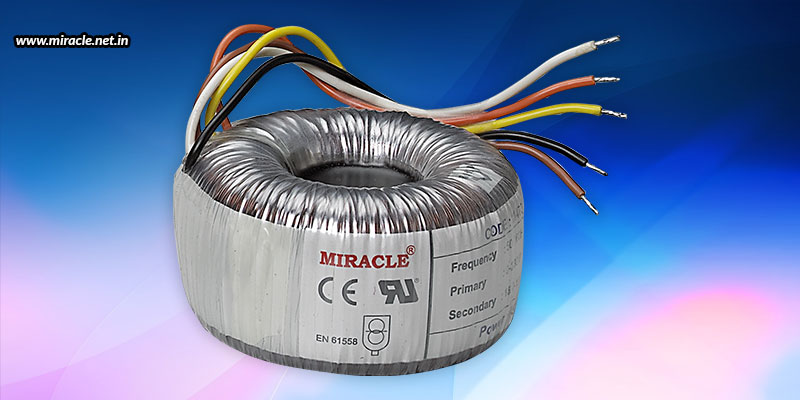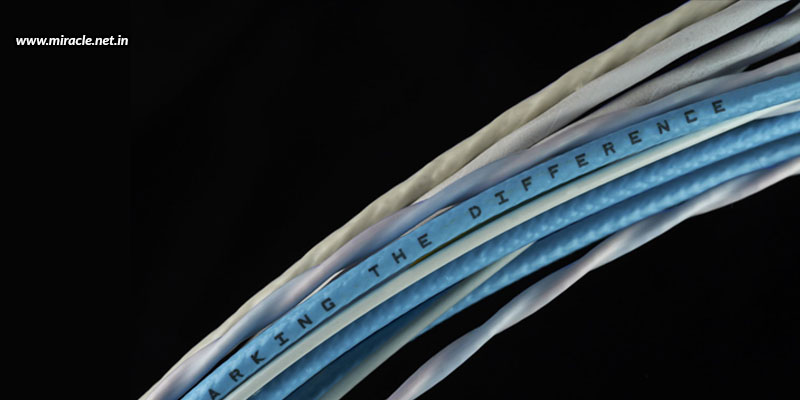When you’re looking to buy toroidal transformers for your application that can step up or step down a voltage, or for isolating an electronic equipment from a source of voltage, while allowing power to be transferred from the primary to the secondary coil, you need to make the right choice.

What is a toroidal transformer?
Constructed using a ring-shaped metal core, on which a wire is wound to form the primary input coil, overlaid with insulation, over which a secondary output wire is wound, toroidal transformers offer a neat and small variation of other kinds of transformers that require more space to be installed, and are also comparatively heavier.
Pros and cons of a toroidal transformers
Toroidal transformers have several advantages over other equivalent traditional devices, such as –
- Overlapped coils that allow for much smaller devices, unlike in the case where there are two separate coils
- Smaller number of turns required per coil, resulting in higher inductance relative to a similarly-sized traditional transformer.
- Magnetic flux limited to the toroidal core, having the transformer to shield itself from producing electromagnetic interference
Nevertheless, just like anything else, toroidal transformers also come with a disadvantage, which is that with each winding to be passed through the center hole, automated winding becomes difficult, or may require a dedicated winding machine specific to toroidal devices, resulting in cost additions when such toroids are manufactured.
Applications where toroidal transformers are the best choice
Because of the peculiar kind of construction and winding that a toroidal transformer is made with, as the size of the transformer increases, the advantages tend to diminish. For this reason, toroidal transformers are best suited for signal applications, like audio and radio frequency applications. They are also well suited for applications including security systems, LED lighting, inverter systems, industrial control equipment, power distribution equipment, isolation equipment, automotive electronics, and telecommunication systems.
Considerations to be made while making a toroidal transformer choice
Configuration
A transformer’s configuration refers to the number of input voltages it can accept, and the number of leads it must include. As the number of leads and required copper wiring increases, the manufacturing and product costs also increase. Toroidal transformers come in two basic types of configurations – single and dual.
- Single configuration transformers include only one primary coil winding, thus being able to accept only one input voltage.
- Dual configuration transformers include two windings in the primary coil winding, thus being able to accept two different input voltages. Here, in order to switch input voltages, a two-lead voltage selector must be used in conjunction with the transformer.
- Multiple configuration transformers can also be manufactured; however, they’re required to be used with a switching device.
Mounting
Toroidal transformers can be mounted using one of the below mentioned methods.
- Screwing onto an internal framework using in-built tabs
- Securing to a flat surface using a rubber washer and metal disk
- Securing to a flat surface using an H-shaped frame
- Soldering to a circuit board using through-hole or surface mount technology
Considering all of the above, you can select the perfect toroidal transformer type for your application. Whatever your toroidal transformer type, you can always rely on the products offered by Miracle Electronics. Other than standard products, you can also have your toroidal transformers customized perfectly here. Understanding the electrical needs of the customers, these expert toroidal transformer manufacturers in India are able to offer the most apt customized solution to every client!
Visit our website: https://www.miracle.net.in/




